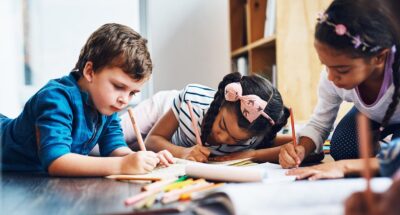
Art on Purpose
Students learn about and explore what is meaningful to them through art.

Students learn about and explore what is meaningful to them through art.
Students will:
Step 1: What is Purpose
Step 2: Brainstorm
Step 3: Purpose People – Reflection
Step 4: Purpose People – Imagine
In her study of 14 diverse elementary school students from a charter school in California, purpose expert Dr. Heather Malin found that children used art to explore their interests, express themselves, and make meaning of the world around them – important precursors to developing a sense of purpose.
Scientists define purpose as a commitment to accomplish something that is meaningful to you personally, and that makes a difference in the world. Having a strong sense of purpose in life has been linked to greater well-being, resilience, and even longevity. Students with purpose find more motivation and fulfillment in their schoolwork and tend to be more successful in school as well.
The foundations for developing a life of purpose begin in early childhood. Art has been shown to be a very effective way for children to explore meaning-making and their own identities, helping them to “connect their inner lives with their social and cultural surroundings.

Are you ready to build a kinder, happier school where everyone belongs? Join Greater Good Educators! Explore the science of well-being in a supportive community of educators from around the world. Registration is now open for the 2025-2026 school year!
Comments